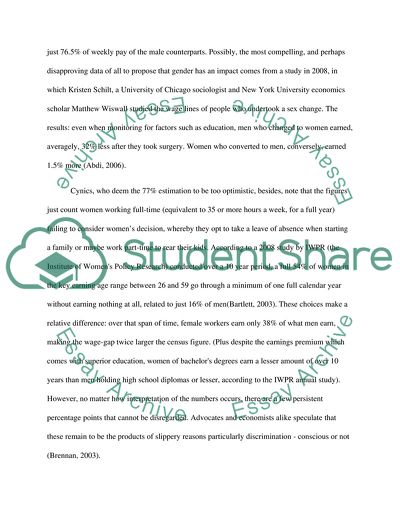Cite this document
(The Oppression of Women Report Example | Topics and Well Written Essays - 1750 words, n.d.)
The Oppression of Women Report Example | Topics and Well Written Essays - 1750 words. https://studentshare.org/sociology/1774001-why-females-earns-less-as-compared-to-their-male-counterparts
The Oppression of Women Report Example | Topics and Well Written Essays - 1750 words. https://studentshare.org/sociology/1774001-why-females-earns-less-as-compared-to-their-male-counterparts
(The Oppression of Women Report Example | Topics and Well Written Essays - 1750 Words)
The Oppression of Women Report Example | Topics and Well Written Essays - 1750 Words. https://studentshare.org/sociology/1774001-why-females-earns-less-as-compared-to-their-male-counterparts.
The Oppression of Women Report Example | Topics and Well Written Essays - 1750 Words. https://studentshare.org/sociology/1774001-why-females-earns-less-as-compared-to-their-male-counterparts.
“The Oppression of Women Report Example | Topics and Well Written Essays - 1750 Words”. https://studentshare.org/sociology/1774001-why-females-earns-less-as-compared-to-their-male-counterparts.


